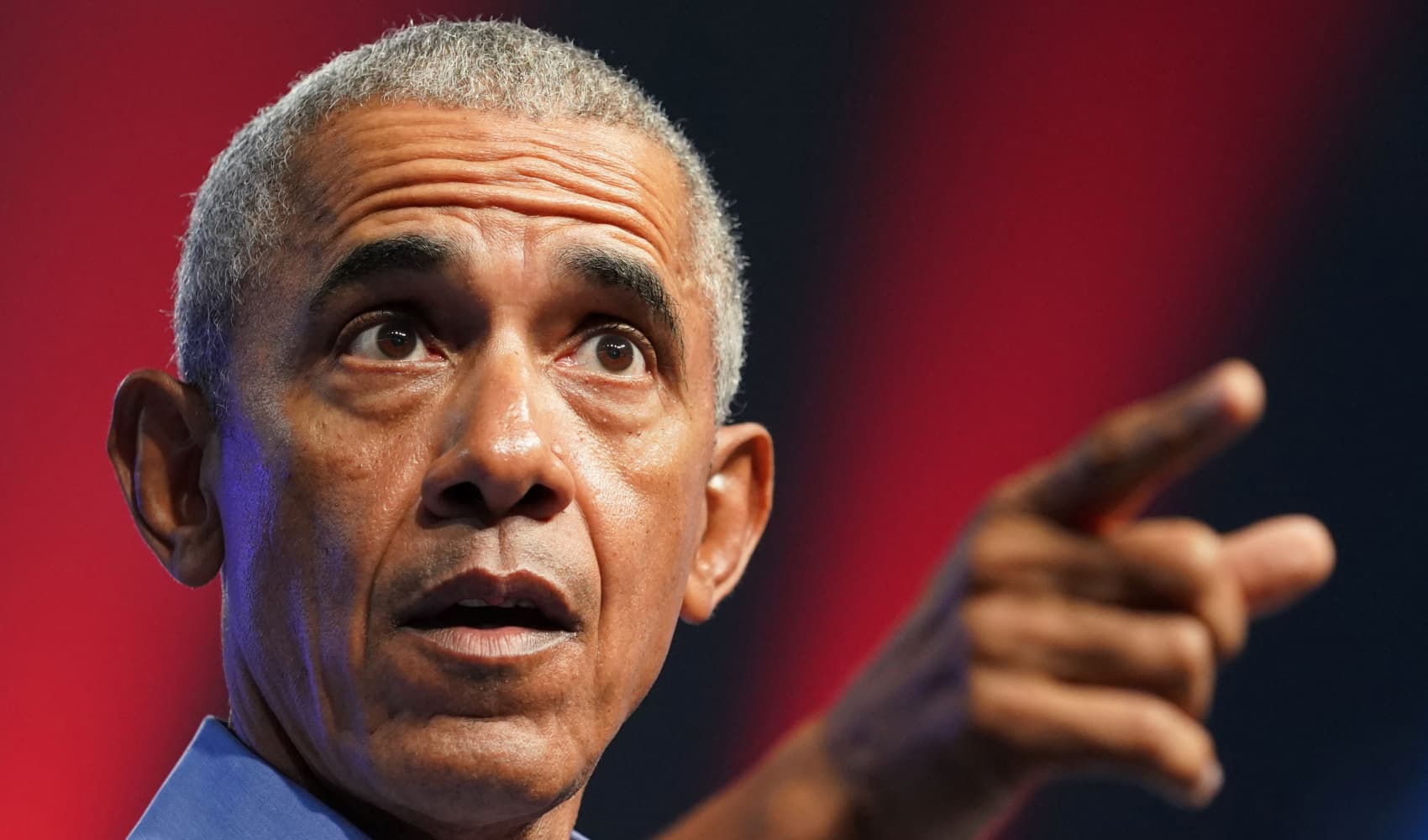
When Jen Barnett and Brett Andrews started seriously thinking of leaving the U.S., they had a few parameters for their new home.
The couple from Birmingham, Alabama, wanted to live in a place not too far from the beach, that had a strong middle class, where politics leaned progressive, and maybe most importantly, where people enjoyed a high quality of life for a lower cost of living.
"We say we have red state money — we don't have blue state money," Barnett, 52, tells CNBC Make It.
They did well for themselves in corporate America, with Barnett working in marketing and Andrews in software programming, earning them a joint household income of roughly $200,000. They owned their 3-bedroom, 2-bathroom house and had enough disposable income to go on vacations, though they weren't quite "constant jet-setter types," Barnett says.
Get top local stories in Southern California delivered to you every morning. Sign up for NBC LA's News Headlines newsletter.
The two got serious about leaving the country in 2020 when they transitioned to remote work.
In 2022, they visited Merida, the capital city of the Yucatan state in Mexico, and fell in love.
Merida checked off all the boxes: a 30-minute drive from the coast, friendly people, progressive politics like legal abortion and same-sex marriage, and, at least according to online estimates, a cost-of-living that was at least 30% cheaper than Alabama, Barnett says.
Money Report
The couple moved to Merida in April 2024 and now run their own travel company, Expatsi. They pay themselves a combined salary of $3,000 per month, "which is close to the average salary in Merida and covers our needs," Barnett says.
Here's how some of the costs stack up between Alabama and Mexico.
What's cheaper
Going out to restaurants and entertainment options are more affordable in Merida than in Birmingham, Barnett says.
"Unless it is extremely high end, dining out is incredibly affordable," she says. The two recently split a nice dinner at an Indian restaurant for $45 including tip.
In the U.S., though inflation has eased from recent highs, many Americans still report seeing higher restaurant prices than in recent years.
The cost of dining out reminds Barnett of "Birmingham, but before the pandemic." Plus there are "infinite options for affordable, delicious street food."
Another cheaper item: An outing to the movies. A ticket to the movie theater "with reclining leather seats and all that" costs around $4 or $5, Barnett says.
Grooming and other personal services are also much cheaper, she adds. A trip to her new local salon could cost $30 for a set of eyelashes, $50 for a manicure and pedicure, and $100 for a haircut and color appointment.
A recent round of Botox cost her $150.
Health care in general is affordable in Mexico at roughly 60% lower than prices in the U.S., according to OECD data.
"Let's say you have a cold, and you go to the pharmacy," Barnett says. "You could see a provider there for $2 and get a prescription on the spot."
What's more expensive
While going out to eat is pretty affordable, Barnett says her grocery shopping trips are a little more expensive than back in the U.S.
That often comes down to the exchange rate, she adds.
Her Costco runs are a good example: "Costco items are pegged to an exchange rate of 20 pesos to the dollar," and priced at a static rate, Barnett says. When the U.S. dollar becomes weaker in relation to the Mexican peso, things cost more. On one recent trip, the grocer's famous $1.50 hot dog worked out to be closer to $2 because of the exchange rage.
Plus, "some items are also imported at a premium," Barnett says.
With time, she's gotten better at sourcing from local stores, like a butcher shop and delivery service for fish.
"If there was a store like Aldi here for reliably low prices on things like cheeses and pantry staples, I think I'd be below my U.S. spend," Barnett says. "As it is, I'm still working on it and probably spending about 10% to 20% more."
What costs about the same, but is better quality:
In Alabama, the couple's mortgage on their house was roughly $1,200 a month, including insurance and taxes.
In Merida, the couple rents a 2-bedroom, 2½-bathroom hacienda for 25,000 pesos, or less than $1,400, per month.
Despite the slightly higher cost, Barnett says their housing, which is in a "high-end" neighborhood and is equipped with "top-of-the-line appliances," is a higher quality than what they had before.
Plus, their home's solar panels help lower their electricity bills, especially during the summer when the AC is constantly running.
"That can save us $300 a month right there," Barnett says.
Conversions from Mexican pesos to USD were done using the OANDA conversion rate of 1 peso to 0.05 USD on July 10, 2024. All amounts are rounded to the nearest dollar.
Want to stop worrying about money? Sign up for CNBC's new online course Achieve Financial Wellness: Be Happier, Wealthier & More Financially Secure. We'll teach you the psychology of money, how to manage stress and create healthy habits, and simple ways to boost your savings, get out of debt and invest for the future. Start today and use code EARLYBIRD for an introductory discount of 30% off through September 2, 2024.
Plus, sign up for CNBC Make It's newsletter to get tips and tricks for success at work, with money and in life.






